AO Edited
Indreshwar Mahadev Temple Complex and Museum
One of the largest pagodas in Nepal is a 13th century testament to regional craftsmanship.
One of the largest Newari pagoda-style wooden temples in Nepal, the triple-tiered Indreshwar Temple dates back to 1294. It took nearly 90 years to complete, has been renovated several times over the centuries, and has survived numerous earthquakes including the devastating 2015 Gorkha earthquake. Its architectural strength derives—perhaps in part—from its northeastern cornerstone, which is said to be the cursed disembodiment of the divine Ahalya.
Although Ahalya’s story varies widely from text to text, she is generally described as being the most beautiful woman in the world, created by the god Brahma himself. In the most common retelling of her fate, she was married to Gautama Maharishi but was tricked and seduced by Indra, the king of heaven. For her infidelity, she was turned to stone.
Whatever the source of the temple’s staying power might be, it towers over the confluence of the Rosi and Punyamati rivers and serves as both a village landmark and an important spiritual center to the small settlement of Panauti—by some measures, one of the oldest towns in Nepal.
Regardless of age, Panauti’s architecture shows distinct cultural influences from Bhaktapur and is one of the best-preserved centers of Newari craftsmanship, exemplified nowhere more majestically than the Indreshwar Temple. Unfortunately, since the town lies well off the main east-west highway that cuts across Nepal, Panauti is often overlooked except by devoted pilgrims.
The Newari people have inhabited the Kathmandu Valley for many centuries. While they are the sixth-largest ethnic group in the country, their cultural contributions—particularly in architecture—continue to be highly emblematic of the broader Nepalese aesthetic. The wood and brickwork at Indreshwar Temple are especially fine examples of Newari craftsmanship, and the small museum next to the temple teems with other intriguing examples of the area’s artistic heritage, from brassware to woodcarvings, statuary, and beyond.



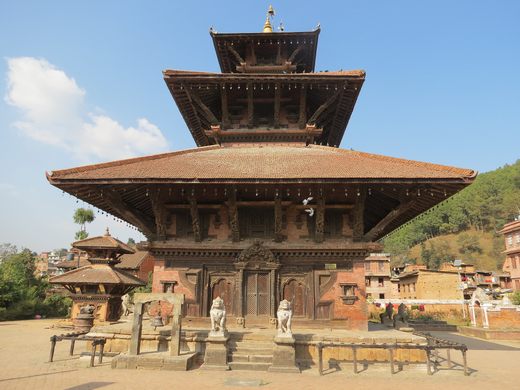





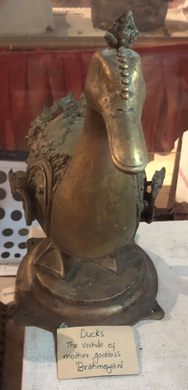






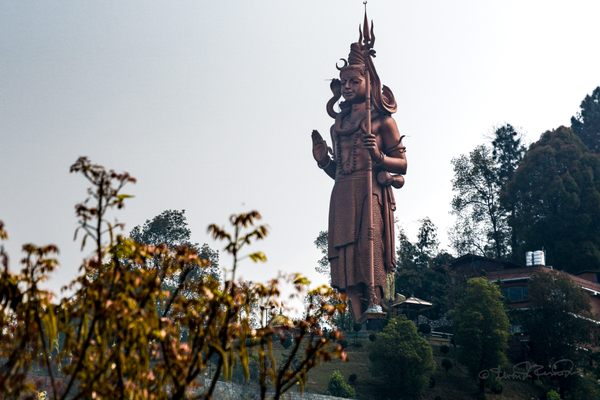

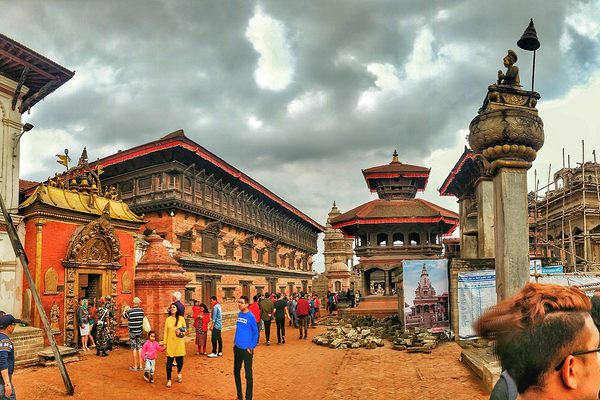

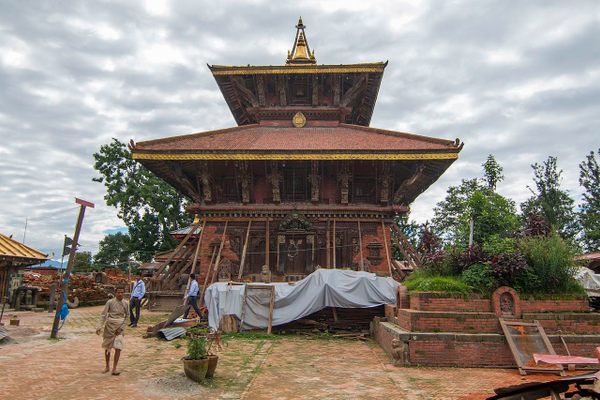
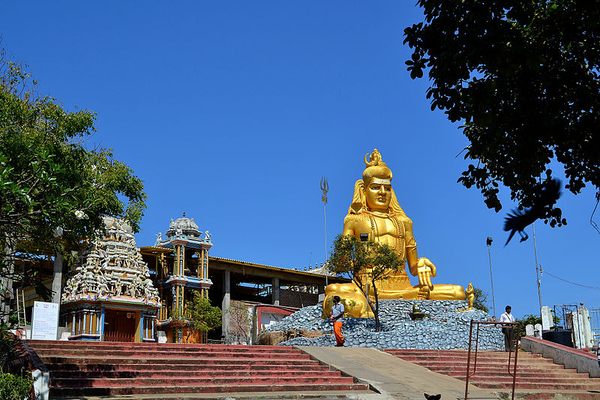
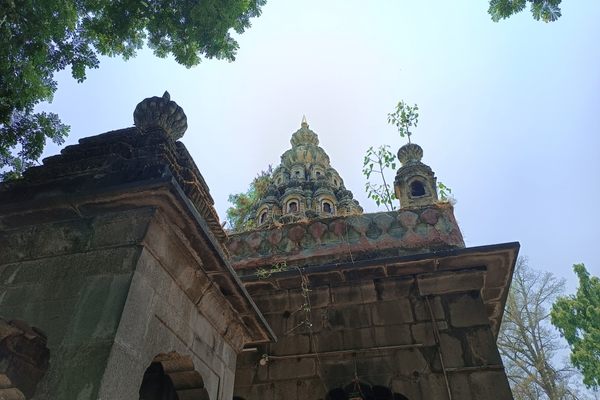
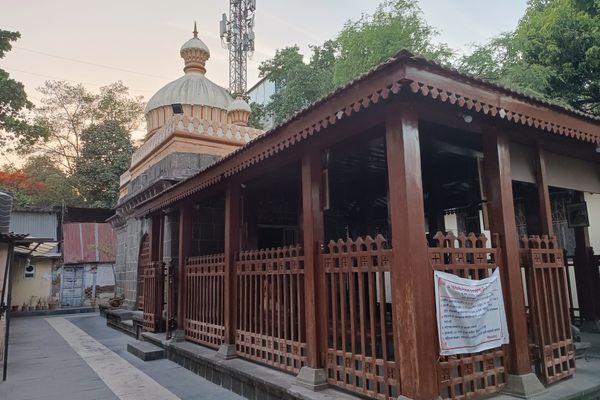

Follow us on Twitter to get the latest on the world's hidden wonders.
Like us on Facebook to get the latest on the world's hidden wonders.
Follow us on Twitter Like us on Facebook